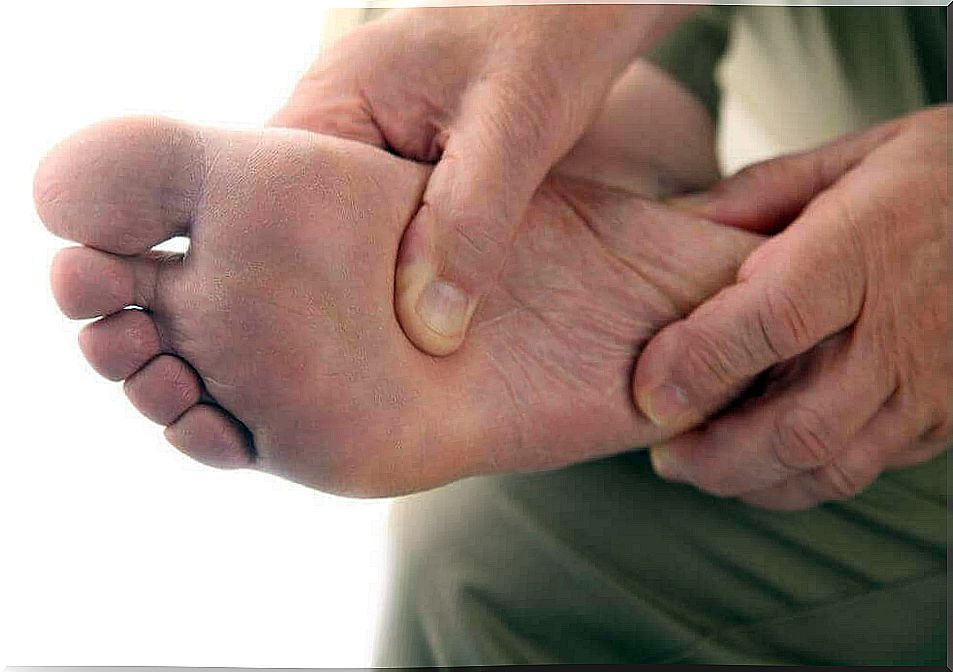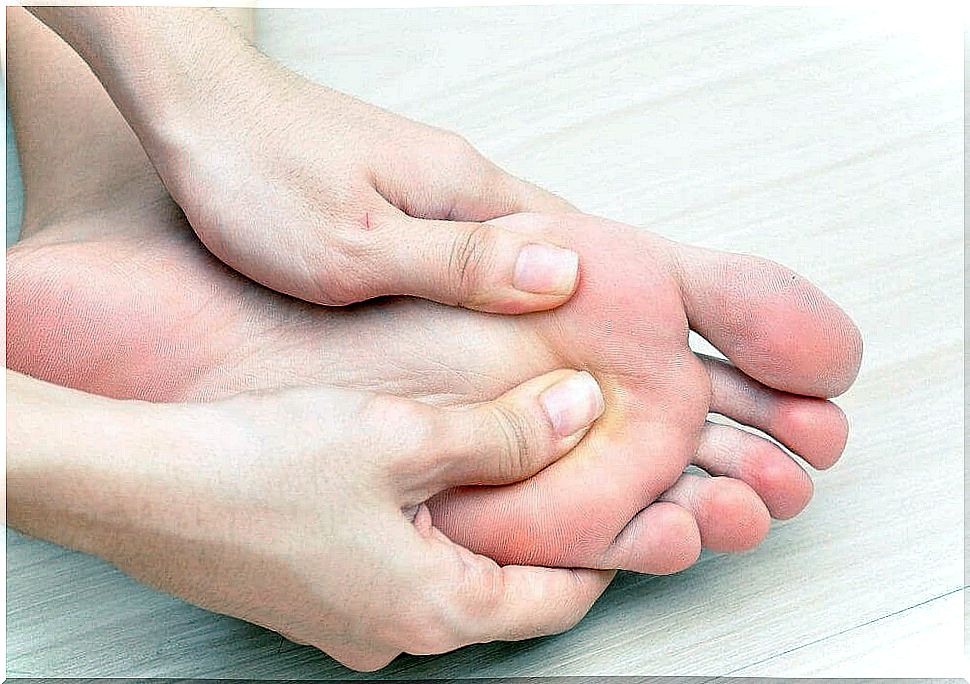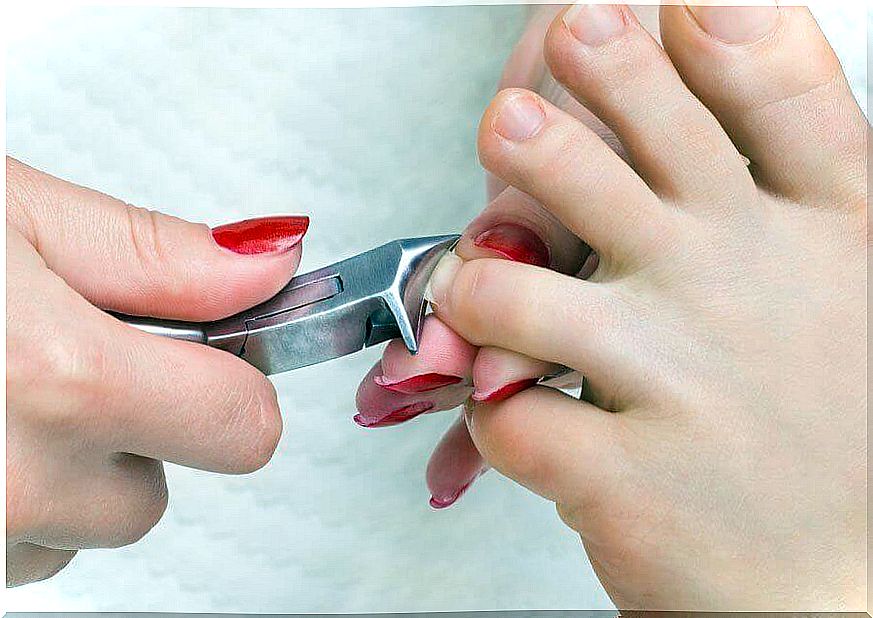How To Care For A Diabetic Foot At Home

The complications caused by high glucose levels can reduce blood flow to the lower extremities of your body. This causes your arteries and nerves in your feet to deteriorate. This can eventually lead to a diabetic foot.
The problem can gradually worsen, especially if you don’t monitor your blood level.
That is why it is essential to take a series of measures to monitor and treat a diabetic foot at home.
As a result, the area becomes less sensitive, increasing the likelihood of ulcers, fissures, or other wounds. These can be sources of dangerous infections.
So how can you take care of a diabetic foot to avoid complications? Follow the recommendations below.
What is a diabetic foot?

Having abnormal blood levels can lead to several health complications. One of the most common problems is a diabetic foot.
This condition can be the result of a reduction in blood flow in the legs (vasculopathy) or problems with the nerves (neuropathy).
Both problems lead to a range of symptoms that can affect quality of life. The patient can largely lose feeling. In addition, they are more susceptible to wounds that take a long time to heal.
The symptoms vary depending on the condition of the condition. However, it is necessary to take care of it and continue to pay attention to it to prevent the condition from getting worse.
If you don’t take good care of this condition, it can lead to ulcers and infections. If these cannot be controlled, they will eventually have to amputate the foot.
Tips for caring for a diabetic foot at home
According to data from the World Health Organization, more than 80% of diabetic foot amputations could be prevented with basic diabetic treatment and care.
Getting medical help for the underlying cause (diabetes) is the most important action to avoid these complications. However, as an additional measure, it is also important to adopt some habits that reduce the risks.
It is essential to do everything possible to avoid injuries to your feet. It takes a long time for the wounds to heal. In the meantime, these wounds are also an entry point for infections. These care habits should become regular habits. Even if there are no wounds or visible symptoms, the risk is still high.
Check your feet every day

First of all, you can check your feet daily. This way you can detect any abnormality that needs special treatment. Even if there is no obvious problem, it is still important to dedicate the necessary time to your feet.
Watch out for symptoms such as:
- Pain and ulcers
- Blisters or fissures
- Calluses or deformities
- Bruising or inflamed veins
Wash and disinfect your feet
One of the basic actions to avoid the risk of foot infections is to wash your feet every day. Do this with products that help disinfect your feet.
This measure helps to eliminate bacteria, fungi and other microorganisms. As you can imagine, these can cause worse problems if wounds do appear.
Avoid smoking

Tobacco smoke is one of the factors that can accelerate the narrowing of blood vessels. Therefore, all diabetes patients should avoid smoking.
The toxins in cigarettes affect the oxygen supply to your feet. In addition, they can contribute to complications due to the low blood flow.
Use moisturizing products
Next, for the care of a diabetic foot, it is important to use moisturizing products that can help protect your skin.
Using them daily will prevent calluses and cracks, minimizing the risk of infection.
Cut your nails

The nails of diabetic patients should be trimmed in a straight line. That way you prevent them from growing into the skin. They should be trimmed so as not to damage the corners of the nails and cuticles.
Wear comfortable shoes
Wearing comfortable shoes that allow air to circulate around your foot is one of the best measures to take care of a diabetic foot. It helps to prevent inflammation and infection.
In general, it is ideal if the inside of the shoes is made of soft materials. They should be without protruding parts. That way, the skin will be damaged less quickly.
Avoid high-impact activities
Daily exercise is one of the habits that helps control blood sugar levels in diabetic patients.
However, it is necessary to ensure that the chosen activities do not have a major impact on your feet.
To avoid calluses or wounds, it is best to choose activities such as:
- Swimming
- Bicycles
- Yoga
- Pilates
In short, it is very important for all patients suffering from high blood sugar levels to take measures to care for diabetic foot. Together with the medical check-ups, these measures can prevent more serious problems.









